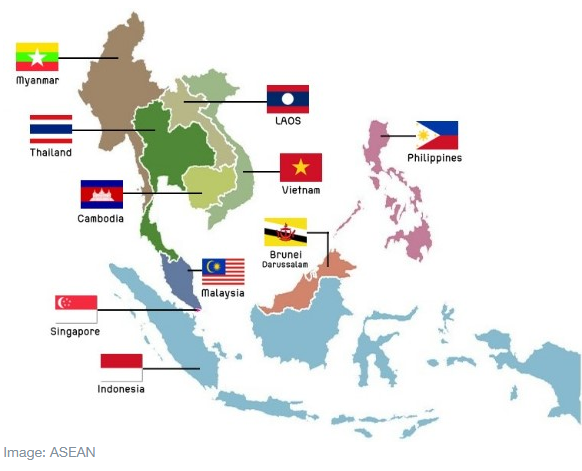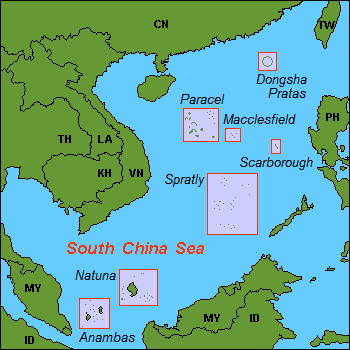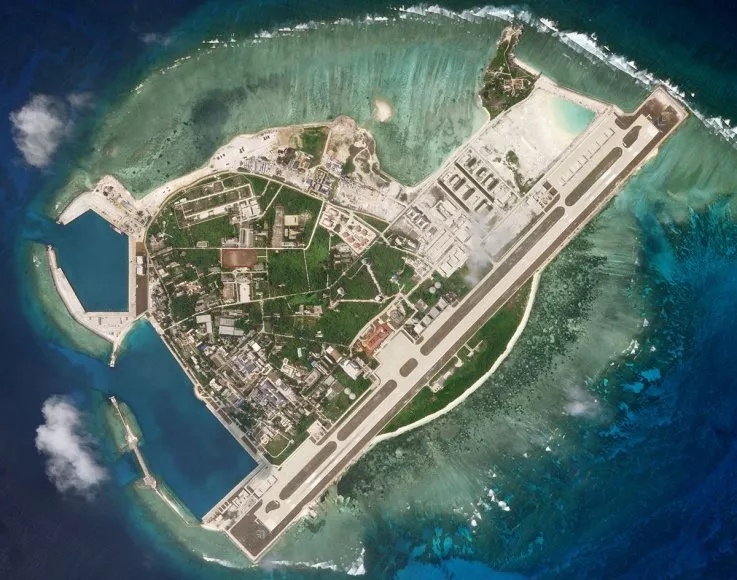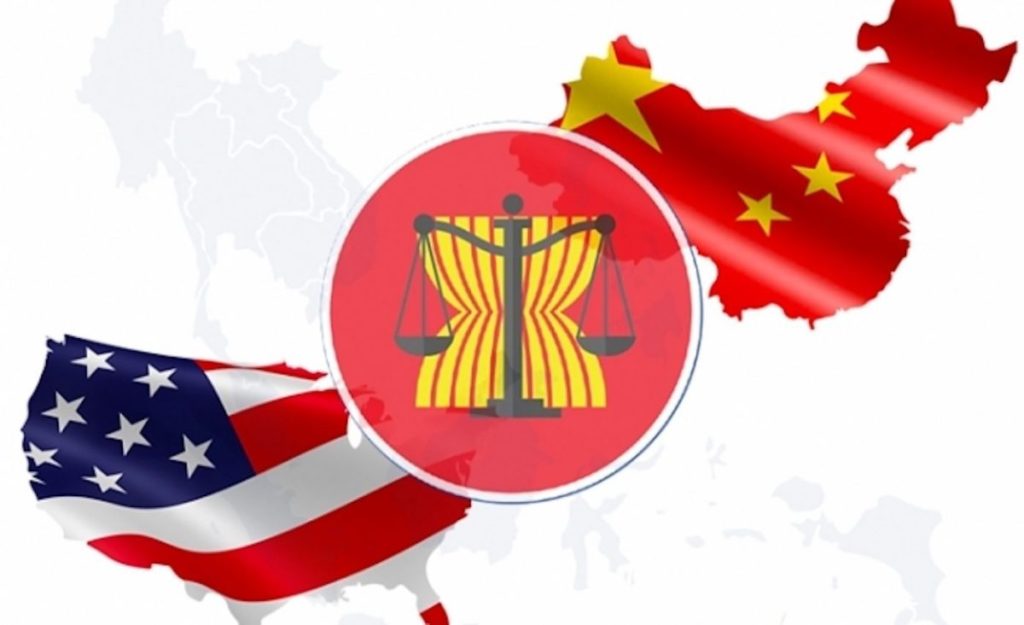- The United States has decided to postpone a meeting with leaders of Southeast Asian countries it had planned to host on March 14, two officials told Reuters.
- President Donald Trump had invited leaders of the 10-member Association of Southeast Asian Nations (A.S.E.A.N.) to meet in Las Vegas.
- The decision comes amid growing fears that the corona-virus will spread in the United States as countries report new infections.

As the US-China relationship has morphed from uneasy cooperation to uneasy rivalry, the leading Association of Southeast Asian Nations (ASEAN) member states, like many others around the world, have had to recalibrate their relationships with the two great world powers.
But ASEAN itself has been largely absent from the discussion, risking regional division and global irrelevance at exactly the time when it most needs to develop a united front.
The East Asia Summit (EAS) to be held in Bangkok on November 4 provides an opening for ASEAN to go beyond its EAS convening role to a more forward-leaning posture in shaping and influencing its own geopolitical fate.
The fact that both China and the US view Southeast Asia as a key arena for influence gives ASEAN some degree of leverage. Most observers don’t expect ASEAN to use it, however, which would be a missed opportunity.
Unless ASEAN’s larger member states take an active role in strengthening and articulating a cohesive ASEAN view on issues affecting its member states, the US-China rivalry could end up polarizing the regional grouping and rendering the cherished notion of “ASEAN Centrality” a mere slogan. This need not be the case.Precisely because Southeast Asia is seen as important to both China and the US, and because neither of the global powers sees it in their interest to weaken ASEAN as a coherent regional grouping, ASEAN has some latitude in carving out its own stance on issues ranging from maritime security to infrastructure project governance.
But a clear ASEAN perspective on these and other relevant regional issues will not come into being on its own. ASEAN’s largest member states – especially Indonesia — will need to invest more leadership time and political capital to craft common ground.
Progress will inevitably be slowed by ASEAN’s consensus-based decision-making and its not unreasonable concerns about causing rifts in relations with China and/or the US. But allowing these concerns to sacrifice ASEAN’s agency and voice in a rapidly changing and challenging geopolitical environment is the poorer alternative.
ASEAN’s weak if not absent response to the growing US-China competition has a number of root causes. Four large ASEAN members – Indonesia, Philippines, Malaysia, Thailand – have been strongly preoccupied with domestic affairs in recent years; all have gone through challenging electoral processes.
Malaysian Prime Minister Mahathir Mohamad excepted, leaders of the other three nations tend to shun the regional stage and are much more inclined to focus on issues at home.
Continue reading “A.S.E.A.N. needs bigger voice in US-China rivalry”






